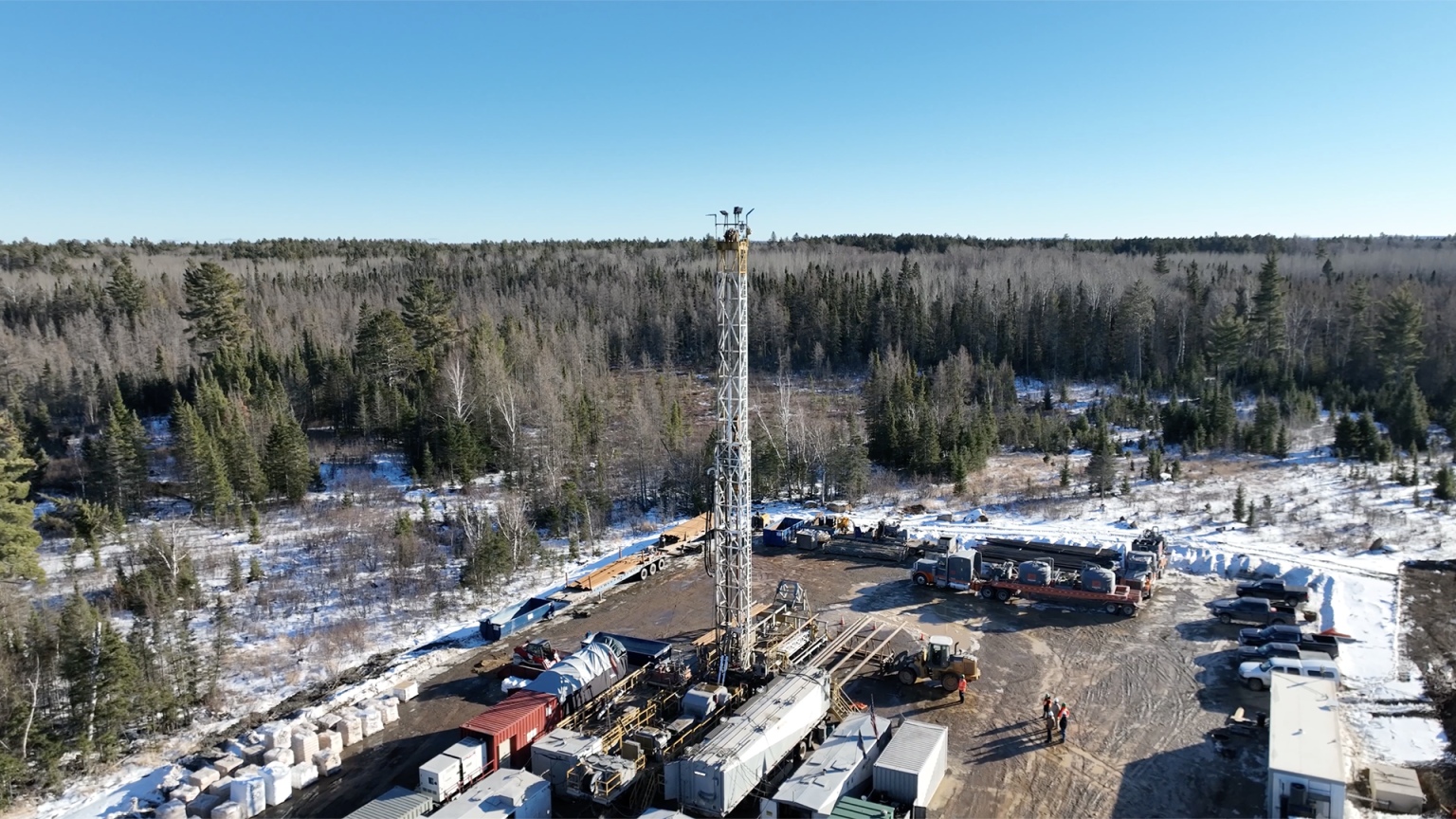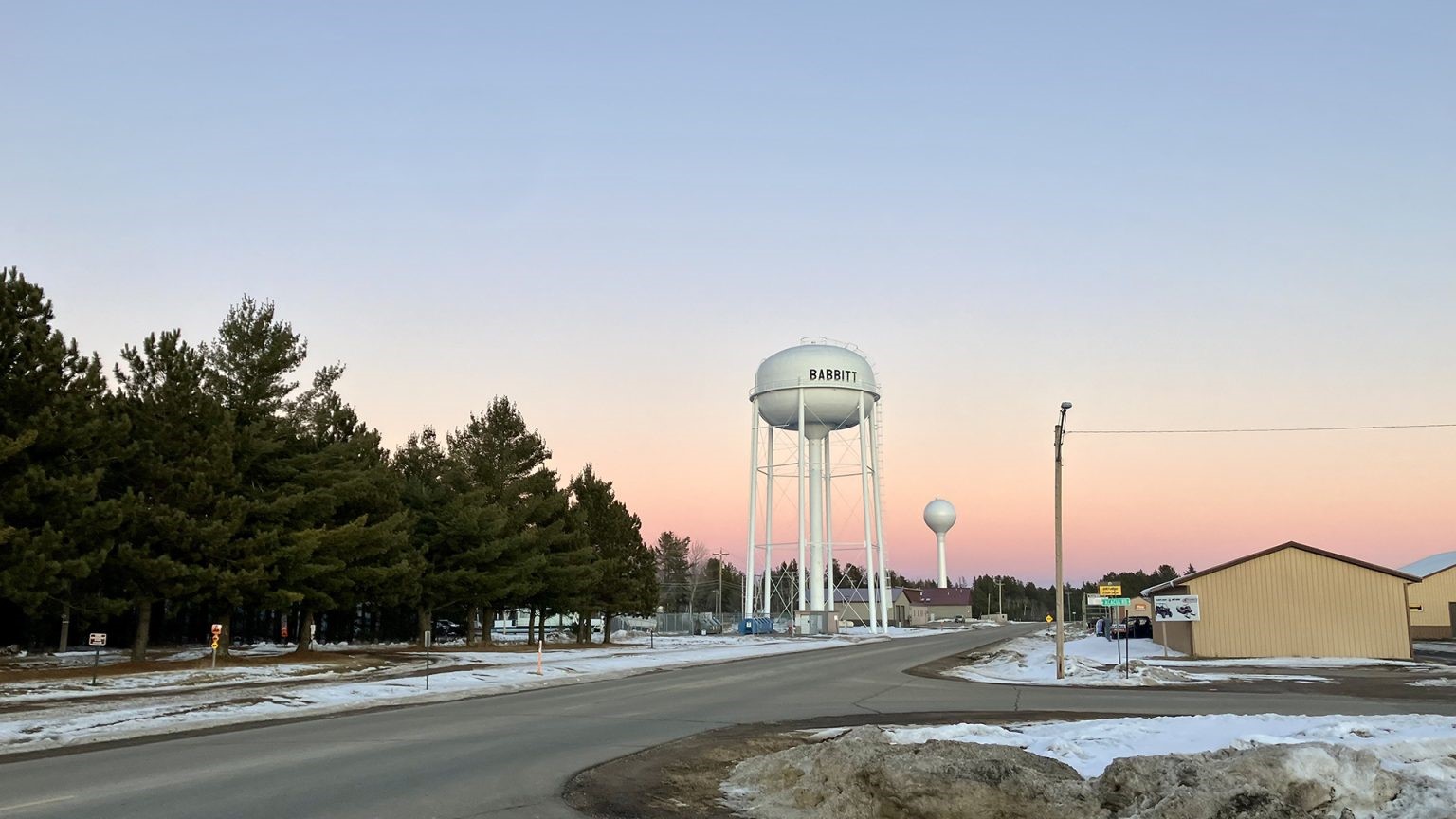
A helium reservoir in northern Minnesota is likely to be "expansive both laterally and at depth," a new survey shows.
Seismic data from a 0.7-mile-long (1.1 kilometers) sweep just outside of Babbitt suggest the recently discovered reservoir is larger than initial estimates indicated, which has resource exploration company Pulsar Helium and its potential clients jumping for joy.
Recent tests also revealed helium concentrations underground are even higher than the "mind-boggling" results obtained in March, firmly establishing the project in Minnesota as a major player in the global helium market.
"We are delighted to receive this 2D seismic data," Pulsar Helium president and CEO Thomas Abraham-James said in a statement. The results confirm that a previously discovered pocket of helium between 1,750 and 2,200 feet (530 to 670 meters) below the surface "is identifiable and that additional gas-bearing zones are likely at depth," he said.
Laboratory tests in June placed helium concentrations in the reservoir between 8.7% and 14.5%, topping previous maximum estimates of 12.4% and 13.8%. The concentrations are the highest the industry has ever seen: To put those figures into context, any helium deposit with a concentration above 0.3% is considered economically significant, Abraham James previously told Live Science.
Related: Scientists just discovered an enormous lithium reservoir under Pennsylvania
Despite being the second most abundant gas in the universe, helium is a scarce resource on Earth, forming only through nuclear fusion and the radioactive decay of uranium and thorium. The gas is in high demand, because it forms an essential cooling component in rockets, nuclear reactors and diagnostic medical equipment, such as magnetic resonance imaging (MRI) machines.
As a result, the global supply of helium is dwindling, and some industries are already facing shortages.

"It's pretty dire out there," Abraham-James previously told Live Science. Should helium stores in Minnesota be extractable, they could go a long way in addressing shortages in the U.S., he said.
The reservoir could also provide a way to store and access helium on demand, without the need for above-ground storage. The June results showed that helium naturally flows to the surface at a rate of up to 821,000 cubic feet (23,250 cubic meters) per day, meaning there is no need for fracking.
"These results are considered world-class," Pulsar Helium representatives wrote in a statement shared with Live Science on Tuesday (July 9).
The results add to a large pool of data which Pulsar Helium has shared with a third independent party that will calculate the size of the reservoir. Those results are expected by the end of July, Pulsar representatives said.







